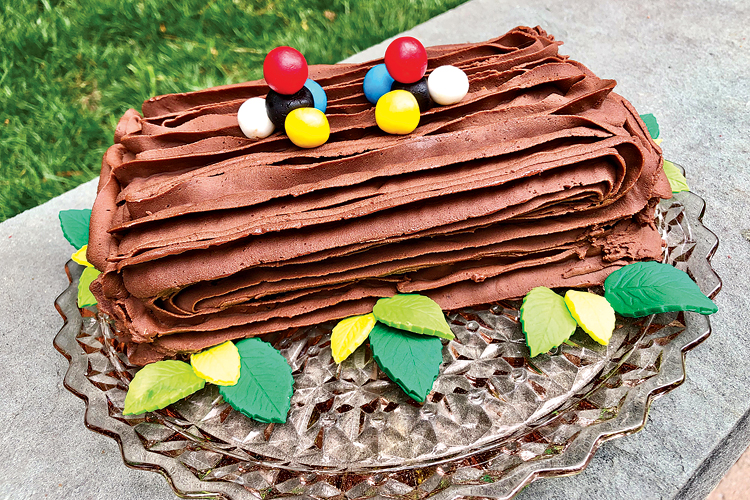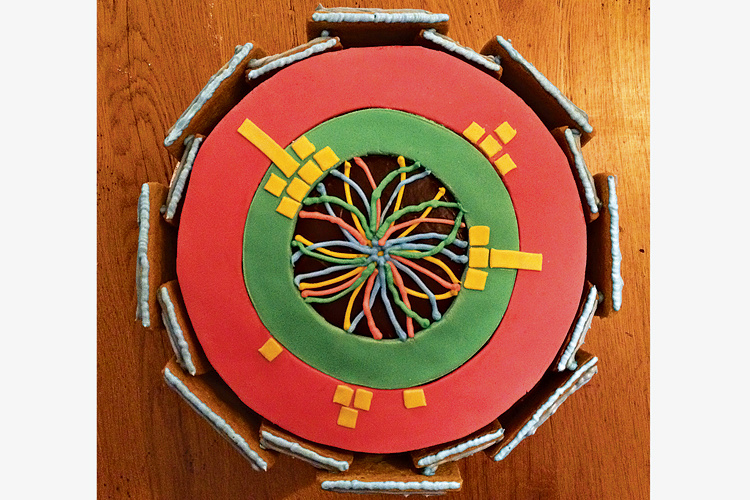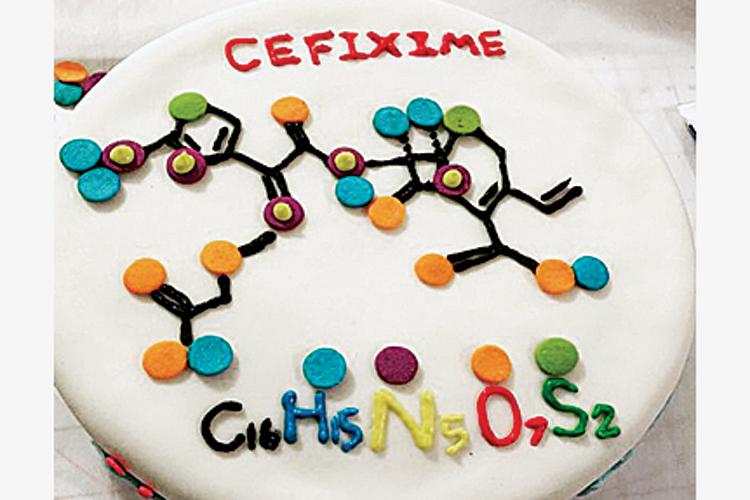Advertisement
Grab your lab coat. Let's get started
Welcome!
Welcome!
Create an account below to get 6 C&EN articles per month, receive newsletters and more - all free.
It seems this is your first time logging in online. Please enter the following information to continue.
As an ACS member you automatically get access to this site. All we need is few more details to create your reading experience.
Not you? Sign in with a different account.
Not you? Sign in with a different account.
ERROR 1
ERROR 1
ERROR 2
ERROR 2
ERROR 2
ERROR 2
ERROR 2
Password and Confirm password must match.
If you have an ACS member number, please enter it here so we can link this account to your membership. (optional)
ERROR 2
ACS values your privacy. By submitting your information, you are gaining access to C&EN and subscribing to our weekly newsletter. We use the information you provide to make your reading experience better, and we will never sell your data to third party members.
Science Communication
Newscripts
Celebrating science by the slice and a chemistry promposal
by Andrea Widener
May 26, 2019
| A version of this story appeared in
Volume 97, Issue 21
Science by the slice









Maria Gallardo-Williams always liked to bake. Growing up in Venezuela, she was a huge fan of three single women who owned their own cake-decorating business, which was rare back then. “They just baked cake and kicked butt,” she remembers.
But when she started down the road to a career in chemistry, Gallardo-Williams hid her interest in baking from her colleagues. “I didn’t think they would think I was a serious chemist. Which I am.”
That is until 5 years ago, when she decided to come out of the kitchen, so to speak. Gallardo-Williams, a teaching professor at North Carolina State University, started bringing cakes to work. Now she bakes cakes to celebrate her publications or to lure faculty and students to events. “My committee meetings are very well attended,” she tells Newscripts.
Katharine Leney, cofounder of the Twitter feed Physics Cakes, says cakes are amazing ways to communicate complicated topics to the public. “It is quite accessible if I say I can explain dark matter to you using a piece of cake,” she says.
Her dark matter cake was filled with white chocolate chips for visible matter and dark chocolate chips for dark matter—in the proportions they are found in the universe. It also had beetroot to represent dark energy and was topped with a shiny purple galaxy glaze.
Another favorite was Leney’s Schrödinger’s Kit Kat cake, a nod to physicist Erwin Schrödinger’s quantum mechanical thought exercise about a cat in a box. Some pieces had a Kit Kat inside and some didn’t—and you wouldn’t know until you took a bite. “I like that one for the pun, if anything,” Leney says.
Science cakes can also be recognition for a job well done. To celebrate Justin Buchanan’s PhD from the University of Nebraska–Lincoln, his parents, Jeff and Trish, commissioned a cake from a local baker.
Buchanan studied the costs to fruit flies of mounting an immune response. “I spent a lot of time under the scope counting, sorting, and infecting flies,” he says. So the cake features a microscope complete with gumdrop knobs, plus chocolate flies with red eyes and yellow wings. “The uniqueness of the cake is what made it so special and why so many thought it was incredible,” his parents say.
Gallardo-Williams’s next big chemistry cake will celebrate her department’s 130th anniversary later this year. “I’d like it to be like a wedding cake but all chemistry.”
Usually, though, her cakes aren’t about science. But even cakes for her kids get appropriated by the chemistry community. A soccer ball cake she made for her son immediately got tagged as a buckyball, she says. “When you are a nerd, everything looks like chemistry to you.”
Periodic promposal
Nerdy chemists will especially appreciate this grand gesture by a student at Harford Technical High School in Maryland. High school students nowadays face a lot of pressure to come up with an extravagant “promposal” to invite their love to the ultimate school dance. So it seemed natural that Harford Tech senior Henry Mason would draw on his love of science when fashioning his promposal. Mason is a huge fan of chemistry in particular, says Loyce Bergin, who teaches chemistry at the high school. He wants to be a nuclear chemist someday.

Mason created a poster combining elements from the periodic table to invite his girlfriend, Hannah Jones, to the Pr-O-M (praseodymium, oxygen, “with me”). “He showed the science teachers first before he showed his girlfriend,” Bergin tells Newscripts.
And even though Jones wants to go into law enforcement, not chemistry, she said yes.
Bergin still has the promposal poster hanging in her room in hopes it will inspire others. “It is very rare we have kids that are interested in science and using it in a creative way,” she says.
Andrea Widener wrote this week’s column. Please send comments and suggestions to newscripts@acs.org.





Join the conversation
Contact the reporter
Submit a Letter to the Editor for publication
Engage with us on Twitter